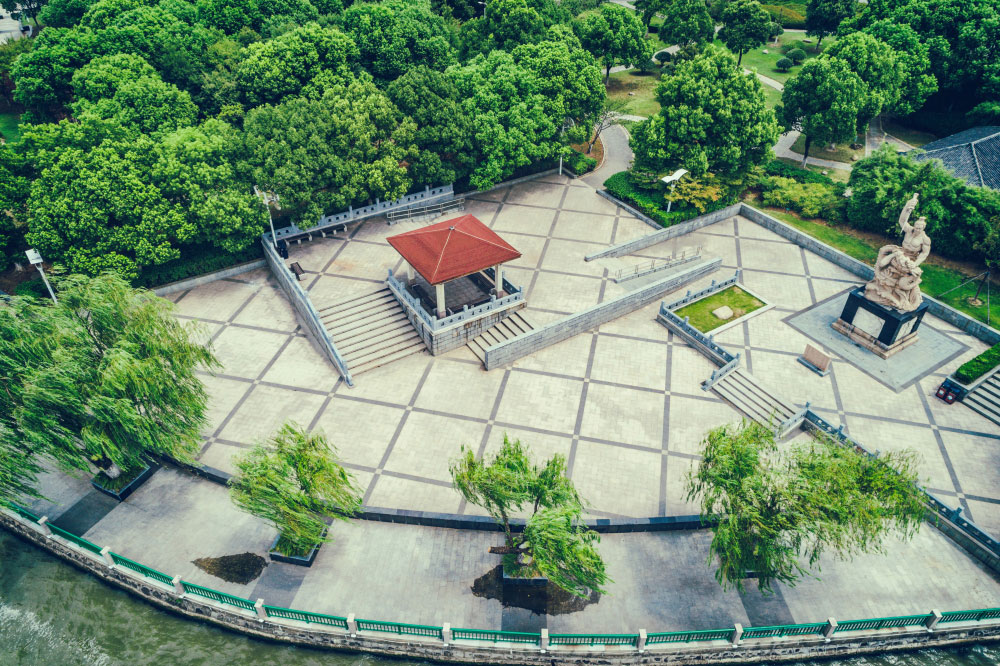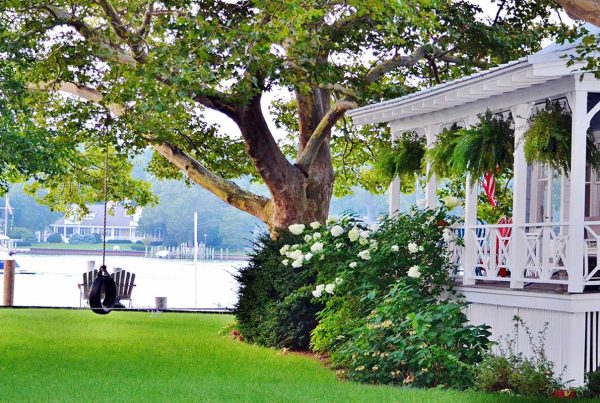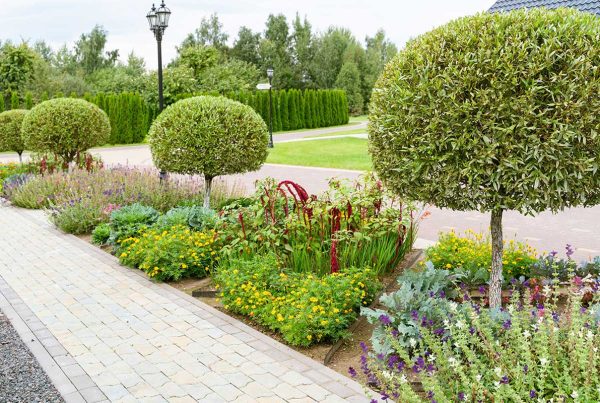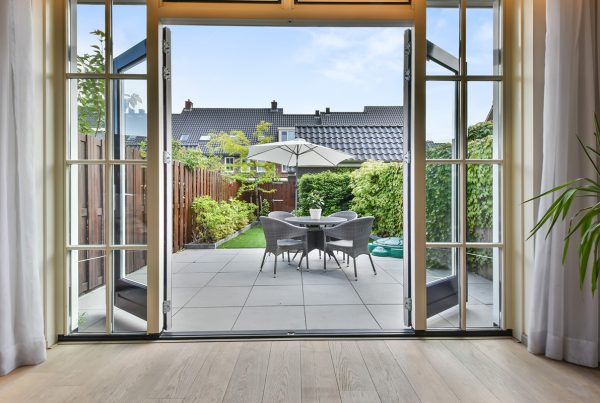Landscape design, the art of shaping outdoor spaces, has a rich history dating back centuries. From the manicured gardens of ancient civilizations to the sustainable landscapes of the modern era, landscape design has evolved in response to changing cultural, environmental, and technological influences. In this article, we embark on a journey through time to explore the fascinating evolution of landscape design and the key milestones that have shaped its trajectory.
1. Ancient Gardens: The Birth of Landscape Aesthetics
The origins of landscape design can be traced back to ancient civilizations such as Mesopotamia, Egypt, and China, where gardens served as expressions of power, wealth, and spirituality. From the terraced gardens of Babylon to the pleasure gardens of ancient Rome, these early landscapes featured symmetrical layouts, geometric forms, and ornamental plantings that reflected cultural ideals and religious beliefs.
2. Renaissance Gardens: Harmony and Proportion
The Renaissance period witnessed a revival of interest in classical art and culture, leading to a reimagining of garden design inspired by the landscapes of ancient Greece and Rome. Renaissance gardens, characterized by formal symmetry, axial alignments, and geometric patterns, sought to create harmonious compositions that celebrated the beauty of nature and the human intellect.
3. English Landscape Gardens: Nature as Inspiration
In the 18th century, a shift towards a more naturalistic style of landscape design emerged in England, led by figures such as Capability Brown and Humphry Repton. English landscape gardens, characterized by sweeping lawns, meandering paths, and picturesque vistas, sought to emulate the beauty of the English countryside and celebrate the sublime power of nature.
4. Victorian Gardens: Symbolism and Sentimentality
The Victorian era brought about a resurgence of interest in gardening as a form of self-expression and social status. Victorian gardens, characterized by elaborate ornamentation, exotic plantings, and symbolic features, served as reflections of Victorian society’s values, aspirations, and preoccupations with morality and sentimentality.
5. Modernist Landscapes: Form Follows Function
The 20th century witnessed a departure from traditional garden design principles towards a more functional and minimalist approach. Modernist landscapes, influenced by movements such as Bauhaus and Functionalism, prioritized simplicity, functionality, and efficiency, with an emphasis on clean lines, geometric forms, and industrial materials.
6. Sustainable Landscapes: Designing for the Future
In recent decades, there has been a growing emphasis on sustainability and environmental stewardship in landscape design. Sustainable landscapes, characterized by water-wise plantings, permeable paving, and habitat restoration, seek to minimize environmental impact and promote ecological resilience in the face of climate change and urbanization.
Conclusion:
The evolution of landscape design is a testament to humanity’s enduring fascination with the natural world and our desire to shape it in our image. From the formal gardens of antiquity to the sustainable landscapes of the 21st century, landscape design continues to evolve in response to shifting cultural, environmental, and technological forces. As we look to the future, landscape designers will undoubtedly continue to push the boundaries of innovation and creativity, creating outdoor spaces that not only inspire and delight but also promote health, well-being, and environmental sustainability.






